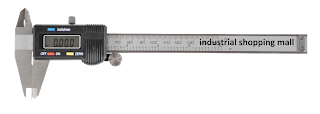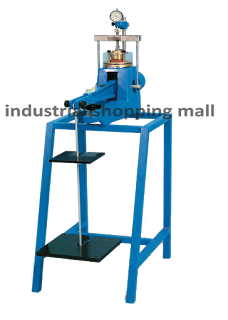Aggregate Impact Value Tester:

Aggregate Impact Value Tester: Aggregate Impact Value Test Apparatus is utilized for deciding the total effect value.The Sturdy Construction comprises of a base and bolster segments to shape an unbending system around the brisk discharge trigger component to guarantee a viable free fall of the mallet amid test.The free fall can be balanced through 380 *5mm.The sledge is given a locking course of action. Total effect esteem test contraption is provided finished with a tube-shaped measure of 75mm dia x 50mm profundity, a programmed blow counter and a packing pole. Assurance of Aggregate Impact Value – Impact Test on Aggregates is done to complete to: 1.Decide the effect estimation of the street totals, 2.Survey their reasonableness in street development based on affect esteem. 3.Total Impact Value on Coarse Aggregates 4.Device for Aggregate Impact Test The device according to May be: 2386 (Part IV) – 1963 comprises of: (I) A testing machine measuring 45 to 60 kg and











